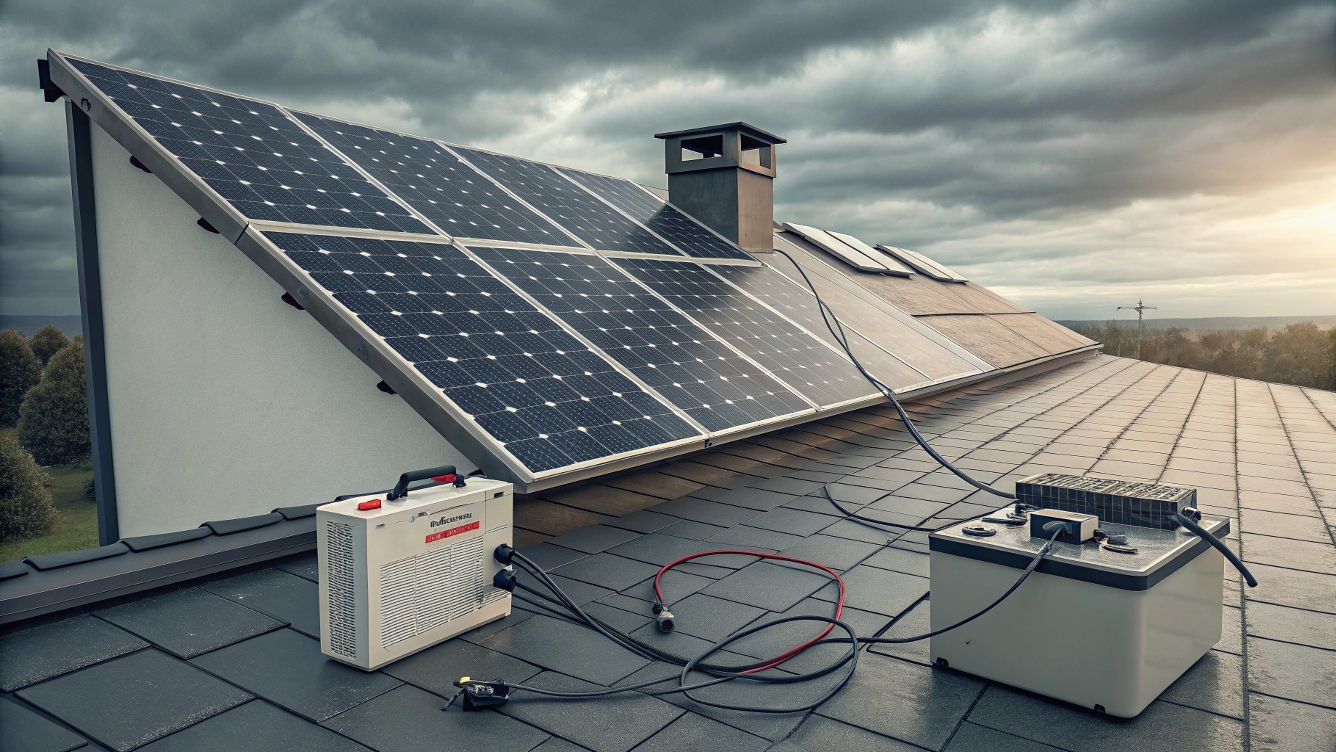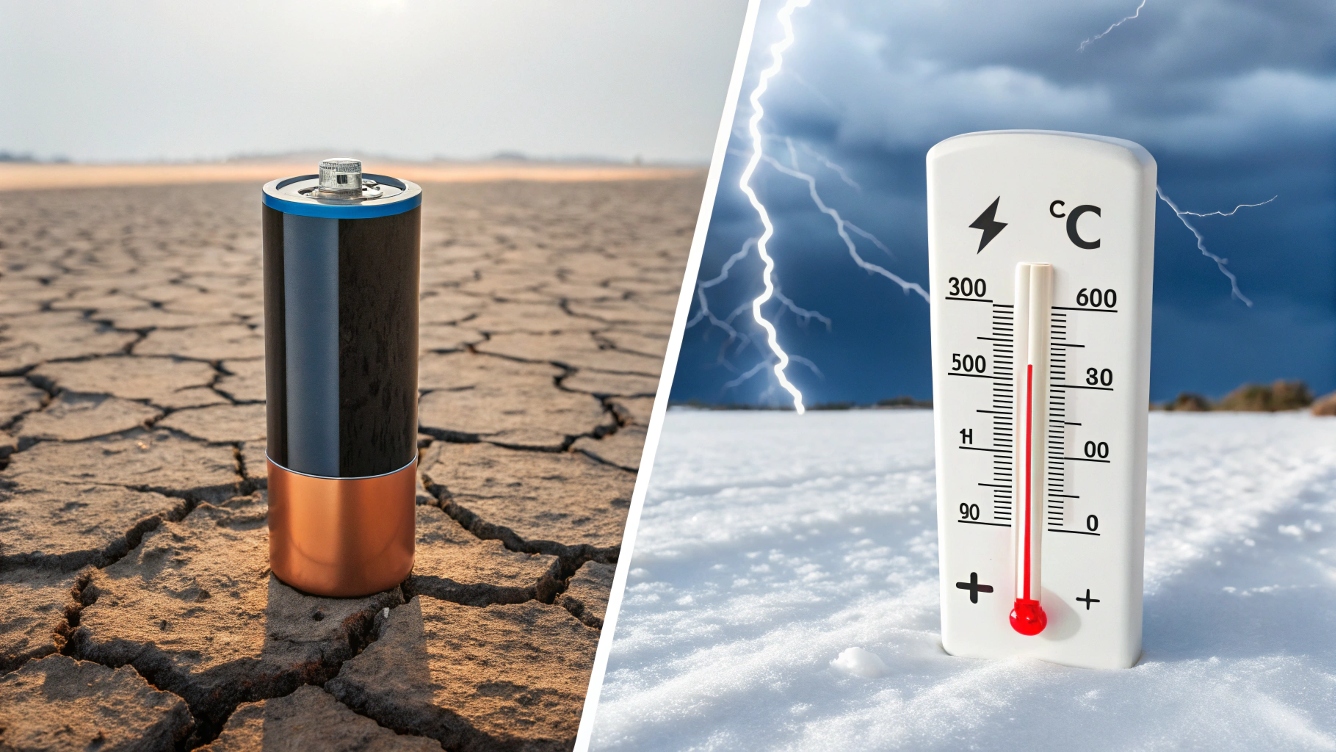
太阳能电池失去电力的原因可能是什么?
A solar battery losing power can be frustrating, but understanding the root causes helps you diagnose and fix the issue quickly. Here’s a 快速答案 you can use for a Google Featured Snippet:
快速答案: A solar battery may lose power due to age and wear, 充电不当, temperature extremes, 过多的负载, 硫酸盐, 松动或腐蚀的连接, 一个 faulty charge controller, inverter issues, or a failing battery cell.
1. Age and Wear
随着时间的推移, all rechargeable batteries see a gradual decline in capacity. Even the best LifePo4太阳能电池 will eventually hold less charge after thousands of cycles. If your battery is near or past its warranty period (经常 10+ years for lithium), age-related capacity loss is likely.
2. 充电不当
- 充电不足: Failing to reach full charge each cycle can lead to “stranded capacity,” where the battery never truly tops off.
- 过度充电: Without proper regulation, overcharging damages internal plates and shortens battery life.
Always use a quality charge controller —preferably an MPPT model—to maintain correct voltage and current.
3. Temperature Extremes

Battery chemistry is highly sensitive to temperature:
- High Heat (> 40 ℃): Accelerates internal degradation.
- Freezing (< 0 ℃): Reduces available capacity and may cause permanent damage.
Keep batteries in a climate-controlled enclosure or use temperature-compensated charging settings on your controller.
4. Excessive Loads
Pulling more current than the battery’s recommended C-rate causes rapid voltage drop. 例如, drawing continuous high power through a 2000W逆变器 can deplete a 200啊电池 much faster than expected.
5. 硫酸盐 (Lead-Acid Batteries Only)
在铅酸电池中, sulfate crystals form on the plates when left in a discharged state. Sulfation blocks active material, reducing both capacity and charging acceptance. To mitigate:
- Perform 均衡费用 periodically (per manufacturer guidelines).
- Maintain at least 50% 充电状态 to minimize sulfation risk.
6. 松动或腐蚀的连接
A poor terminal connection or corroded cable can introduce high resistance, reducing charge current and causing voltage drops under load. Inspect and tighten all battery, controller, and inverter connections, and clean corrosion with a baking-soda solution if needed.
7. 充电控制器故障
A malfunctioning controller may undercharge, overcharge, 或者 fail to detect the battery correctly. If you notice irregular charging patterns or overheating controllers, test with a known-good unit or have it serviced.
8. 电池电池故障
In multi-cell batteries, a single bad cell can drag the entire pack’s voltage down. Symptoms include:
- Rapid voltage sag under load.
- One battery in a parallel bank showing significantly lower voltage.
A 电池管理系统 (电池管理系统) can help detect and isolate failing cells in 锂电池 包.
9. Inverter Issues
A defective inverter may draw excessive standby current or fail to convert power efficiently, causing the battery to drain even when no loads are active. Check inverter settings and measure its idle power draw.
10. Blown Fuses or Circuit Breakers
A blown fuse or tripped breaker in the charging circuit will completely stop charge current, allowing the battery to discharge without replenishment. Inspect all inline fuses and breakers regularly.
Troubleshooting Checklist
| 步 | Action |
|---|---|
| 1 | Inspect and tighten all battery and inverter connections. |
| 2 | Verify charge controller functionality and settings. |
| 3 | Measure resting battery voltage and compare to spec. |
| 4 | Check for excessive load currents on the inverter. |
| 5 | 监视器 battery temperature and ensure proper ventilation. |
| 6 | Test for sulfation (leadacid) or cell imbalance (锂). |
| 7 | Replace any blown fuses or faulty breakers. |
常问问题
问: Why is my solar battery draining overnight?
A: Standby loads from inverters, 控制器, or monitoring systems can draw power if not switched off. Also check for parasites like a faulty charge controller.
问: How do I fix sulfation in lead-acid batteries?
A: Perform an equalization charge—raise charging voltage to the manufacturer’s equalization setpoint for several hours under supervision.
问: Can a BMS help extend battery life?
A: 是的. A battery management system balances cell voltages, prevents over/undercharging, and monitors temperature.
结论 & 下一步
A solar battery losing power is usually a symptom of underlying issues—whether it’s age, 充电不当, or hardware faults. By following the troubleshooting steps above and investing in quality components like a charge controller and a robust battery management system, you can restore and maintain your system’s performance.
Need help diagnosing your solar setup? Contact our experts for a free system check and explore our range of 太阳能电池 和 逆变器 to keep your power flowing reliably.

